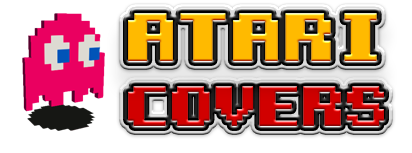BLOG
Pixel Studio – Creating Retro Graphics Has Never Been Easier
Pixel art is one of the most recognizable graphic styles in digital culture. It instantly brings back memories of 8-bit and 16-bit games from the 1980s and 1990s, when computers and consoles had very limited graphical capabilities. Out of necessity, a unique visual aesthetic emerged: large, visible pixels and a reduced color palette. Today, pixel art is making a huge comeback—it’s found in indie games, animations, posters, and even advertising projects.
![]()
How Does Pixel Studio Work?
Using Pixel Studio is extremely simple. All you need to do is upload any image—whether it’s a photo, logo, or illustration—and the tool will instantly convert it into pixel art.
From there, you can adjust many parameters to control the final look:
- Pixel size – choose how large each pixel block should be. Smaller pixels preserve detail, while larger ones create a stronger retro effect.
- Color palette – from full color to classic restricted sets (like 16-color palettes inspired by retro computers and consoles).
- Image effects – apply filters such as blur, noise, sepia, invert colors, or neon.
- Image adjustments – fine-tune brightness, contrast, and saturation for better results.
All changes appear in real time. There’s no need to guess how the final image will look—you see the results immediately as you adjust the sliders.
Why Use Pixel Studio?
The biggest advantage of Pixel Studio is its accessibility and ease of use. There’s no need to install software—it runs directly in your browser. The interface is intuitive, and the results can be downloaded in popular formats like PNG, JPG, or WebP.
Pixel Studio is useful in many contexts:
- Game development – indie developers can quickly generate pixel-style backgrounds, assets, or characters.
- Marketing materials – retro graphics stand out and can be used in banners, posters, or social campaigns.
- Fun & experimentation – upload your photo and see how you would look inside an old-school video game.
- Education – it’s a great tool to demonstrate the basics of digital graphics and pixel-based art.
- Artistic projects – pixel art today is not just nostalgia, but also a modern form of creative expression.
Pixel Studio vs. Professional Pixel Art Editors
Of course, there are advanced pixel art editors like Aseprite or Piskel, which allow artists to draw pixel by pixel, animate sprites, and manage layers. Pixel Studio is not meant to replace these tools. Instead, it’s a quick and simple generator that makes pixel art accessible to everyone.
It’s ideal for:
- users who want a fast retro effect without learning complex software,
- people looking to experiment with different styles instantly,
- designers who treat pixel art as inspiration or as a quick styling tool.
Key Benefits
- Fast and simple – get a retro pixel effect in just a few seconds.
- No installation required – works in the browser.
- Live preview – see the results as you make changes.
- Multiple output formats – download your image in PNG, JPG, or WebP.
- Creative flexibility – combine pixelation with filters, text, and color adjustments.
Conclusion
Pixel Studio is a practical and fun online tool that makes pixel art accessible to everyone. Whether you’re a hobbyist who wants to play around with photos, a student learning about digital graphics, or a designer looking for a quick retro effect, Pixel Studio provides instant results without any technical hurdles.
Pixel art is more than just nostalgia—it’s a style that continues to inspire new generations. And with tools like Pixel Studio, creating it has never been easier.





